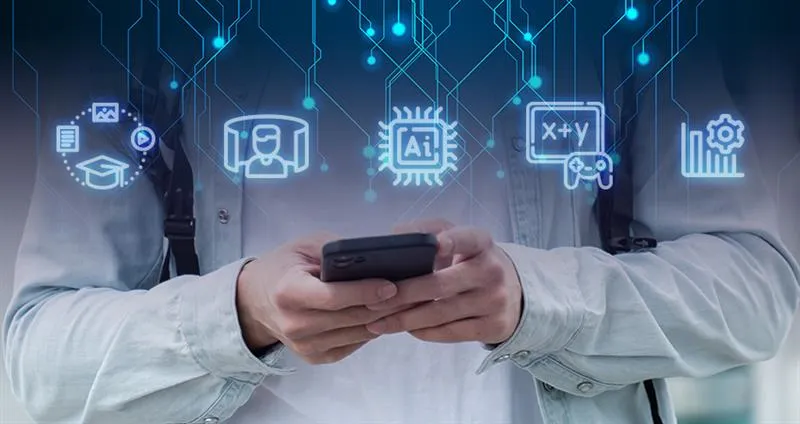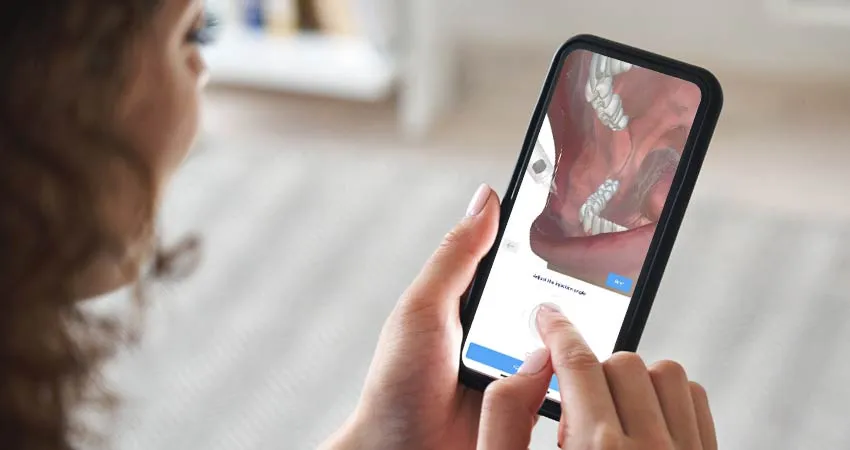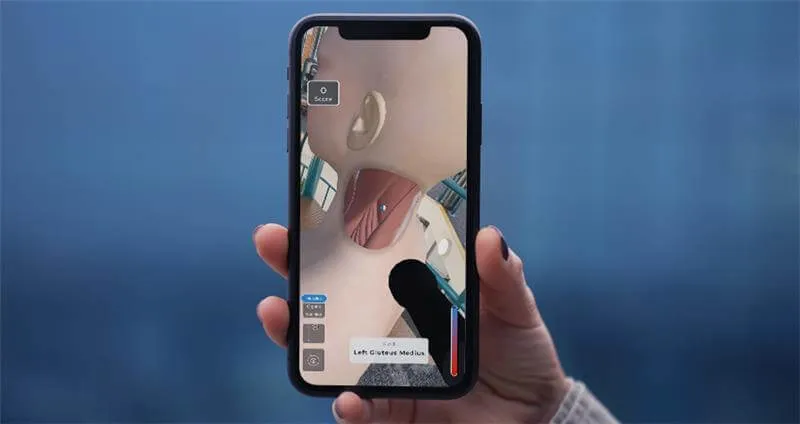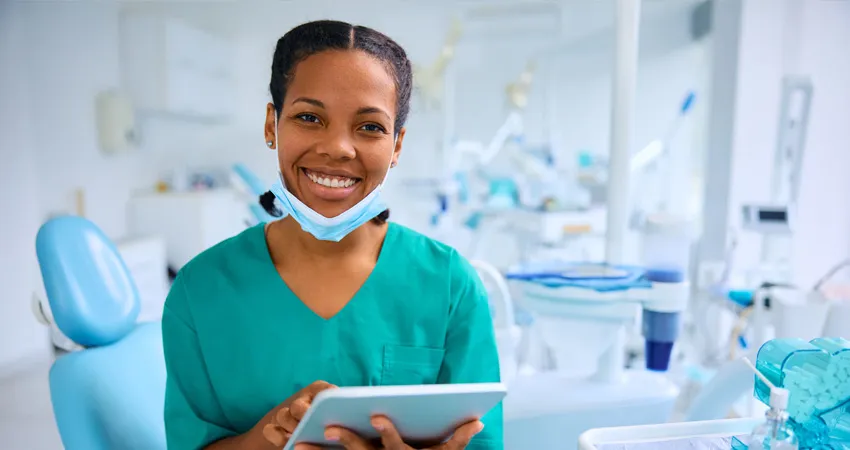
Educational technology (EdTech) is revolutionizing how institutions deliver and its impact is especially significant in dental and healthcare. For deans and senior decision-makers, staying informed about these trends is essential to enhance student outcomes, maintain competitiveness, and prepare graduates for a future driven by technology and innovation.
1. Personalized Education
Artificial intelligence (AI) facilitates education personalization by analyzing usage data to subsequently tailor content to individual students’ needs. Therefore, AI-driven tools can improve engagement rates and course pass rates in challenging subjects by providing customized learning experiences. These platforms analyze student performance data, highlight gaps in understanding, and recommend targeted resources or exercises to personalize the student experience.
In dental schools, this could mean assisting students struggling with radiographic interpretation by providing focused AI-generated practice sets, while allowing excelling students to advance to more complex concepts. These tools have a number of benefits, such as empowering students to learn at their own pace and based on their individual educational metrics, plus providing educators with actionable data-driven insights.
2. Immersive Learning with AR and VR: Practice Without Risks
Augmented reality (AR) and virtual reality (VR) are redefining how students bridge the gap between theory and clinical practice as a means of simulating hands-on experience. For example, students can practice dental examination or restorative procedures in a virtual clinic, complete with simulated patient responses and real-time feedback. This immersive approach enhances skill acquisition compared to solely traditional methods.
In healthcare fields, where mistakes in clinical practice can have serious consequences, AR and VR offer a safe environment for students to develop their skills, and the ability to “fail safely”. AR further complements this by overlaying digital visuals onto physical models, allowing students to explore normal and abnormal anatomical structures in 3D, improving their spatial understanding and technical accuracy.
3. Microlearning: Bite-Sized Lessons, Big Results
Microlearning - delivering content in small and focused modules prove to be a game-changer for retention. Students exposed to microlearning engage more information compared to those learning through traditional lectures. In healthcare programs, this strategy is particularly useful for complex topics like pharmacology, allowing students to absorb detailed material in manageable chunks.
Microlearning caters to modern learning habits, enabling students to access these bite-sized lessons on the go, whether during a commute or between clinical rotationsaking it a flexible and efficient way to learn.
4. Blended Learning: Combining the Best of Both Worlds
Blended learning models, which mix online and in-person instruction, are reshaping higher education. They allow theoretical content to be delivered online, freeing up in-person sessions for hands-on practice and interactive discussions. Institutions adopting blended learning have reported increases in student satisfaction and academic performance.
In dental schools, this could involve students watching detailed preclinical lectures online, followed by on-campus lab sessions where they apply what they’ve learned under instructor guidance. Hybrid models also open opportunities for multidisciplinary learning, preparing students for the interdisciplinary nature of modern healthcare. The latter are becoming increasingly important especially as our awareness of oral-systemic disease associations and causations increases.
5. Learning Analytics: The Power of Data-Driven Decisions
Learning analytics are turning educational data into actionable insights. The ability to track how students interact with learning materials is advantageous since this will subsequently allow educators to identify patterns, predict challenges, and thereby optimize their teaching strategies. Institutions using analytics tools have reduced dropout rates and seen improvements in grades.
For dental education, these tools can track clinical performance metrics, identifying students who may need additional support in areas like patient management or instrumentation. This data-driven approach therefore has the growing potential to improve individual student outcomes and wider teaching program efficiency, for example, by ensuring that every learner receives the attention and resources they need to thrive academically and as they transition to the clinical environment.
6. Gamification: Learning Through Play
Gamification is transforming education by integrating game elements, like rewards, leaderboards, and challenges, into the learning process. This approach keeps students motivated and engaged, even when tackling difficult subjects. Gamified platforms have been shown to improve engagement, retention and increase course completion rates.
For dental students, gamified quizzes on anatomy or biochemistry can turn studying into an interactive, competitive experience, making tough subjects more approachable. Beyond individual learning, gamification fosters collaboration through team challenges and group competitions, encouraging peer learning and creating a vibrant educational environment.
7. Addressing Ethical and Equity Challenges
As EdTech becomes increasingly embedded in education, institutions must address critical issues like data privacy and equitable access. A significant percentage of students are concerned about how their data is used in EdTech platforms. Deans must ensure that tools comply with data protection regulations and transparently communicate how student data is collected and utilized.
Efforts to bridge the digital divide, such as providing access to devices and high-speed internet, are essential to ensure that every student benefits from these innovations.
Join our mailing list
Get the latest updates on immersive learning, industry trends, and resources delivered straight to your inbox.



